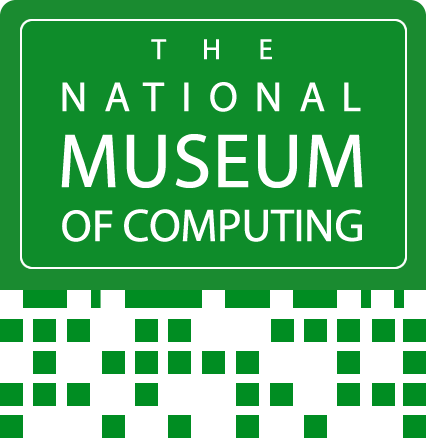Bombe team member joins the ranks of Disney, Dolby and Eastman
/Paul Kellar (right) receiving his award from SMPTE president Matthew Goldman
Bombe team member joins the ranks of Disney, Dolby and Eastman
Paul Kellar, chair of the Bombe team at The National Museum of Computing (TNMOC) on Bletchley Park, has received the highest accolade of the Society of Motion Picture and Television Engineers (SMPTE) in San Francisco. The society presented him with its top award of honorary membership for his work as leading inventor of a wide range of video and digital image technologies. He joins a highly select group of honorary members, including such luminaries as Walt Disney, Ray M Dolby and George Eastman.
Paul Kellar was research director at digital television equipment manufacturer Quantel and led the development of products including the fastest analogue to digital converter of its time, the first frame-based image analysis system and multiple generations of standards converters.
Paul has been instrumental in the reconstruction, maintenance and continuing operation of the Turing-Welchman Bombe and that work was highlighted at the awards ceremony with a short video made by SMPTE for the occasion: https://youtu.be/mVenfJpGggE
Andrew Herbert, chairman of TNMOC, said, “Paul’s achievements are astonishing, and we are enormously privileged to have him as a key member of the team at TNMOC. Everyone at the Museum recognises Paul’s talents, but because he is so modest this extraordinary award will take nearly everyone by surprise. We have a remarkable band of dedicated people conserving the history of computing and Paul’s award is inspirational to everyone.”
Notes To Editors
About The National Museum of Computing
Now fully open Tuesdays to Sundays, 10.30 am to 5.00 pm.
The National Museum of Computing, located on Bletchley Park in Block H, one of England’s ‘irreplaceable places’, is an independent charity housing the world's largest collection of functional historic computers, including reconstructions of the wartime code-breaking Colossus and the Bombe, and the WITCH, the world's oldest working digital computer. The Museum enables visitors to follow the development of computing from the ultra-secret pioneering efforts of the 1940s through the large systems and mainframes of the 1950s, 60s and 70s, and the rise of personal computing in the 1980s and beyond.
The Museum runs a highly successful Learning Programme for schools and colleges and promotes introductions to computer coding amongst young people to inspire the next generation of computer scientists and engineers.
Sponsors of the Museum have included Bletchley Park Science and Innovation Centre, Fujitsu, InsightSoftware.com, Paessler AG, Sophos, Issured, Lenovo, Bloomberg, Ocado Technology, Ceravision, CreateOnline, 4Links, Google UK, IBM, NPL, HP Labs and BCS.
For more information, see www.tnmoc.org and follow @tnmoc on Twitter and The National Museum of Computing on Facebook.
Media contact
Stephen Fleming, Palam Communications
01635 299116
s.fleming@palam.co.uk






